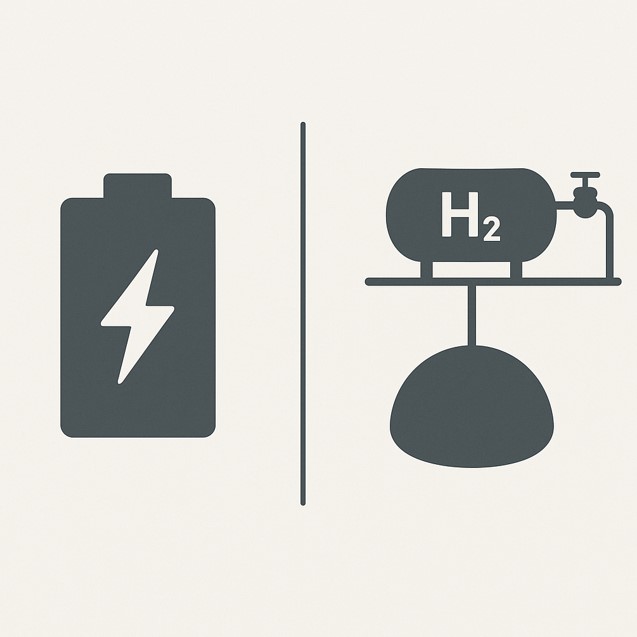
Uniquement disponible en anglais.
Par Ange Blanchard et Camille Megy.
Underground Hydrogen Storage (UHS) is regarded as a key solution for seasonal energy storage in variable renewable energy (VRE)-intensive systems. While UHS is often seen as complementary to short-term storage solutions such as Battery Energy Storage Systems (BESS), the true extent of their complementary or substitutive relationship remains an open question. This paper examines the interaction between UHS and BESS in a low-carbon German energy system in 2035 using a multi-stage stochastic dynamic programming model solved by implementing the Stochastic Dual Dynamic Programming (SDDP) algorithm. Optimizing investment and dispatch over a year with hourly resolution, we compute the Morishima elasticity of substitution between the two technologies. Results show that UHS and BESS act as economic substitutes rather than complements. Notably, substitution is asymmetrical: a reduction in BESS costs leads to a proportionally greater shift toward BESS investment relative to UHS (elasticity of 3), whereas the effect of UHS cost changes on investment decisions is weaker (elasticity of 1). Consistent with prior studies, we also find that UHS revenues are highly volatile and heavily dependent on the concurrent development of hydrogen infrastructure. Adding to these two main shortfalls for UHS’s business case in future energy systems, our findings thus highlight a third layer of uncertainty for UHS — competition from BESS, which can partially replace it and reduce its economic viability. In contrast, BESS investments are less dependent on external factors, making them a more attractive option.
